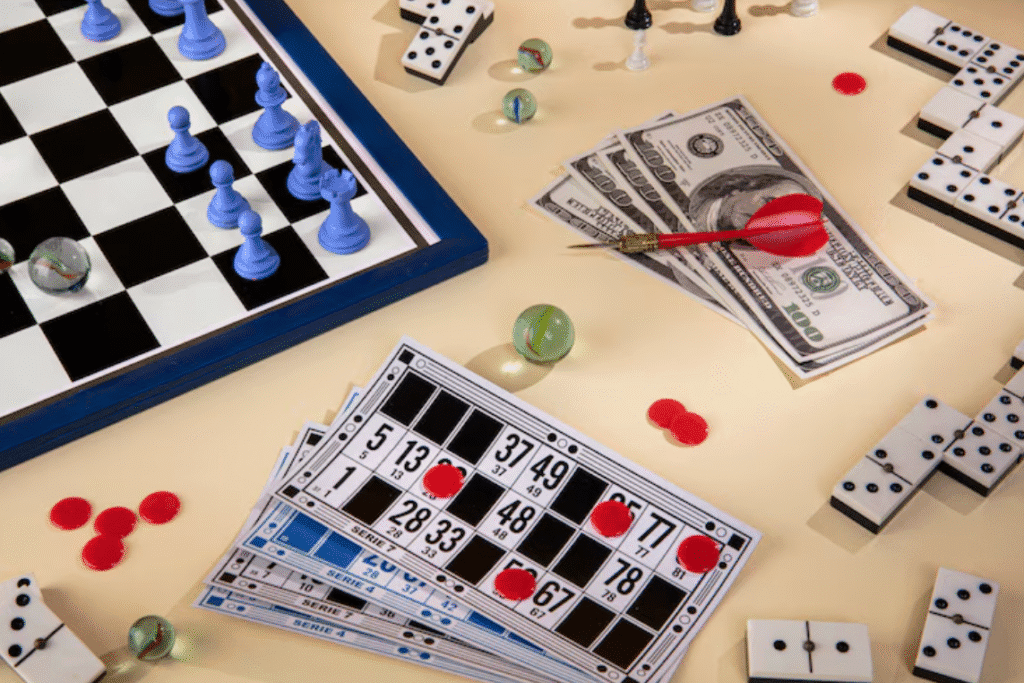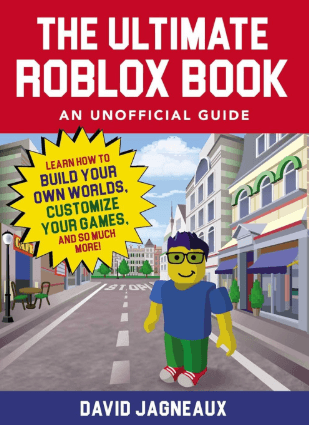Every strategy game has a meta—the set of dominant strategies, unit compositions, and tactics that shape how games are played at the highest levels. Understanding the meta, adapting to it, and even shaping it yourself is a key to long-term success. In this guide, we’ll break down what the meta is, how to analyze it, and how to exploit it to stay ahead of the competition.
1. What is the Meta Game?
The meta (short for “metagame”) is the current strategic environment:
- Which strategies are most common?
- What unit compositions are popular?
- How do top players win most of their games?
For example, in StarCraft II, if most players are using a Zergling/Baneling rush, that’s part of the meta. In Age of Empires IV, if French knights are dominating, that’s a meta trend.
2. The Evolution of Meta
The meta isn’t static—it evolves over time due to:
- Balance patches that buff or nerf units.
- Pro player innovations that introduce new builds.
- Community trends and shared strategies.
- Map changes that alter viable strategies.
Staying up-to-date is crucial: a strategy that works today might fail tomorrow if the meta shifts.
3. Why the Meta Matters
Understanding the meta helps you:
- Predict opponents’ strategies. If a certain build is popular, you’ll see it often.
- Prepare counters. If the meta favors cavalry, prepare spearmen.
- Avoid being predictable. Don’t just copy meta builds—learn why they work.
- Stay competitive. If you ignore the meta, you risk falling behind.
4. How to Analyze the Meta
Learn to spot meta trends by:
- Watching pro games or tournament streams.
- Reading patch notes and understanding balance changes.
- Joining community discussions (forums, Discord, Reddit).
- Testing strategies in your own games.
Ask:
- What builds are most common?
- What counters work well against these?
- Are there unexplored niches in the game?
5. Meta Counterplay: Thinking Ahead
Exploiting the meta means anticipating what others will do:
- Anti-Meta Builds: If everyone is going cavalry, go spearmen and anti-cav traps.
- Tech Switches: Start with a standard build, then switch to an unexpected unit type.
- Timing Attacks: Strike when the opponent is weakest (e.g., before a key upgrade finishes).
- Niche Strategies: Use underused units that are strong in specific situations.
6. Shaping the Meta Yourself
The most innovative players create the meta:
- Experiment with new builds and refine them through testing.
- Share replays or stream your games to spread new ideas.
- Play in tournaments—success at high levels influences the community.
- Think outside the box: Sometimes, the best counter to the meta is a strategy nobody expects.
7. Adapting to Balance Changes
When a game is patched, the meta often shifts overnight:
- Read patch notes carefully. What units got stronger or weaker?
- Adjust builds quickly—early adopters of new metas often have an advantage.
- Watch top players to see how they’re adapting.
- Don’t stick to outdated strategies—flexibility is key.
8. The Dangers of Following Meta Blindly
While the meta provides a roadmap, beware:
- Predictability: If you always follow the meta, opponents can counter you.
- Skill stagnation: Copying meta builds without understanding them limits growth.
- Ignoring your strengths: Playstyles that suit you might not align with the meta.
Use the meta as a guide, not a crutch.
9. Meta Across Different Games
Each game has its own meta:
- StarCraft II: Meta shifts rapidly with patches and new pro strategies.
- Age of Empires II: The meta evolves more slowly but still changes with balance updates and new maps.
- League of Legends: Champions rise and fall in the meta based on patches.
- Total War Series: The meta depends heavily on factions, unit buffs, and player discoveries.
Learn the specifics of the meta in your game—but also study meta theory in general.
10. Conclusion: Mastering the Meta Mindset
The meta is a living, breathing part of every strategy game. To thrive:
- Stay informed—know the trends.
- Adapt quickly—don’t fall behind.
- Innovate boldly—create your own strategies.
- Counter smartly—exploit what others are doing.
In the end, the best players are not just following the meta—they are defining it.




